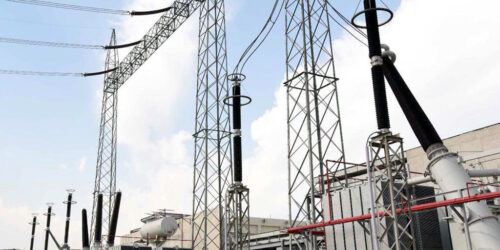Optimization of upstream production often requires application of digital technology that augments the physical infrastructure in oil and gas fields and streamlines the process of collecting and integrating valuable domain data for analysis. Artificial intelligence (AI) applied to production fields can provide holistic monitoring and predictive insights to improve operations and increase production. A good example is AI-based virtual metering.
WHY LEGACY PHYSICS ALONE IS NOT ENOUGH FOR SCALED VIRTUAL METERING
A virtual meter (VM) is a model that mimics the function of physical sensors and provides measurements of ongoing operations. In operations with a lack of physical sensors, AI-based virtual metering provides timely, granular and domain-specific visibility into production, distribution, and transportation operations across industries. AI-based virtual meters are widely used in petrochemicals manufacturing, energy management for buildings and campuses, and predictive maintenance. In upstream oil and gas, AI-based virtual metering can help improve production.
For both short- and long-term planning and to meet regulations and business needs, operators need to know the flow rate of individual phases (for example oil, gas, water) produced from each well. Physical sensors capable of providing real-time flowrate measurements are expensive and can be inaccurate, hence they are not available in most oil and gas fields. Well tests are the practical, next best solution, but tests are infrequent and changes to the production in between well tests cannot be accounted for on an individual well basis.
Virtual metering solves this problem. A virtual meter for oil and gas production is a domain based model that estimates the flow rate of a single phase for an individual well when the well is not connected to a test separator. Physics-based modeling can be used for virtual metering, where physical laws governing the dynamics of a given component are used to model flow rate or other variables of interest given measured values. For example, a physics-based model could measure the flow rate of a liquid through a valve based on the geometry of the valve and pressure measurements. However, the exact physics governing simple operations can be complex, and scaling these physics-based models is difficult because different wells require different physical models for each unique condition.
Machine learning addresses the challenges associated with a physics-only approach. With supervised and domain-focused machine learning, data sets are used to train machine learning algorithms that can then predict outcomes. In the case of virtual metering, measurements that are frequently available both inside and outside well tests are utilized to build features, which are used to predict the value of the quantity of interest (e.g. the flow rate of a given phase). Examples for these measurements include data from bottomhole and well head sensors such as pressure and temperature readings. These features, along with measured production rates in previous well tests are used to train virtual metering models. Outside of well tests, the same input features are used to estimate the production rate for different phases when no direct measurement of the target variable is available.
ADOPTING AI-BASED VIRTUAL METERING
Data-based approaches to upstream oil and gas optimization that move beyond physics to include machine learning techniques will help the industry scale insights for safer, more efficient operations. However, adopting AI-based virtual metering for an upstream operation requires meeting technical prerequisites and ensuring scalability of the technology. A common barrier to success is unification of upstream data, which typically exists in siloes and often ranges in fidelity. Development of virtual metering models can take time and iteration but can be simplified with easy access to the right machine learning tools. Management of these models – which can often exist in thousands across an oil and gas enterprise – can take significant time and resources in training, productionizing, and serving to users in an application interface.





